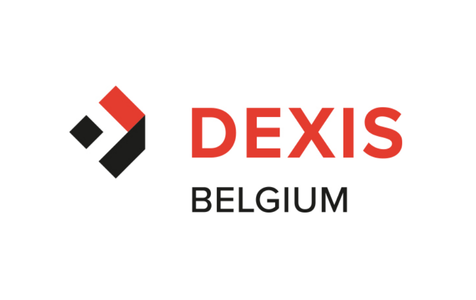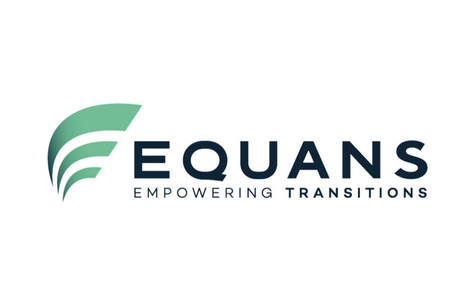Managing the end of life of assets and investing wisely
The greatest challenge in Asset Management is to be able to anticipate the end of its industrial assets and to initiate the right investment projects to preserve and improve their competitiveness always at the service of the company's objectives.
Let us present the Asset Portfolio Management process:

The first step in this process is to construct a synoptic Long Term Asset Planning (LTAP), an overview that will be used to manage the life of each installation. Ideally, it includes at least the following information: date of acquisition, expected life span in view of the intended use, current maintenance activities, dates of overhauls or multi-annual shutdowns, etc.
If with a LTAP we finally have a synoptic view of the planned life of our assets, and on the planned date of replacement, it is still necessary to ensure that the asset will remain effectively operational during this estimated life! This will depend on the operating conditions (equipment under-used compared to what was planned, or used in a different environment, or in different climatic conditions, or maintenance work carried out incorrectly).
The second step is therefore to periodically measure the condition of the asset. Significant deviations from the forecast result in an adjustment to the life expectancy plan (LTAP). As the asset approaches 5-7 years to maturity, it becomes more relevant to forecast the final maturity date more accurately. This is done by performing a residual life expectancy analysis. During this analysis, the physical condition of the installation and the failure mechanisms are inspected in detail. The result of this analysis is a more accurate prognosis of the remaining service life, but also a maintenance and inspection plan that allows the equipment to be operated reliably during this remaining service life.
For this purpose, we distinguish between 4 ageing modes:
Technical ageing - the assets are no longer able to fulfil their function at the desired performance.
There are too many breakdowns, they are often out of service. Replacement or life extension should be considered.
Economic ageing - the operation and maintenance of these assets is no longer economically feasible. This includes the notion of obsolescence, for example, when certain components are no longer available. Despite their still acceptable technical condition, their replacement must be considered.
Compliance ageing - when assets no longer meet the current regulatory requirements and regulations on Safety, Health, Environment and Quality (SHEQ). The cause may be a technical defect (which increases the risk of a SHEQ incident) or new and often more stringent requirements. Even though these assets are not technically or economically obsolete, they should be considered for replacement or modification.
Commercial ageing - The fourth form of ageing occurs when an asset is assigned to a function that has lost its commercial utility, for example, when an alternative service performance is being considered, or when another product is being manufactured. Decisions about these new functional requirements are part of the business strategy, not part of the Maintenance & Asset Management organisation. Even though the assets concerned may not be technically obsolete, they must be considered for replacement or modification.
Once the need for replacement and/or modification has been identified and to ensure that the assets continue to meet current and future requirements, a strategic analysis of the annual asset portfolio is required. This is a key step in adopting an investment strategy in line with the overall strategy: replacement, modification, life extension or a more detailed reliability study to ensure that the existing assets continue to enable the organisation to meet its business objectives.
It is then important to select investment projects on the basis of the total value generated rather than only considering acquisition costs.
It is good practice to weigh up :
the overall acquisition cost, after deducting any residual value and adding the costs of decommissioning the replaced assets, the annual costs of operating and maintaining an asset, and
the annual operating and maintenance costs on the one hand;
the revenues generated by the assets resulting from the promise of improved availability and reliability and the possible reduction in the costs of the SHEQ risks inherent in the operation of the facility.
There is an analogy with the Life Cycle Costing (LCC) or Total Cost of Ownership (TCO) approaches, except that potential revenues and a reduction in SHEQ risks are also taken into account.
In the final stage of the process, the selected investment projects are implemented. Although the person responsible for each project is not the Asset Portfolio Manager, he or she must monitor the progress of the project at the level of the portfolio as a whole. How does the delay of one project affect other projects? What can be done to compensate for the increased downtime of the installation with the other installations? What is the impact of the delay of this project on the other part of the facility life plan?
In conclusion, the maturity with which the Asset Portfolio Management process and the inherent roles and responsibilities are embedded in your organisation will determine how well you can control the life of your assets in order to invest wisely.
By Serge Vanden Bulcke, member of the Walloon committee of BEMAS and Executive Consultant - Mainnovation






